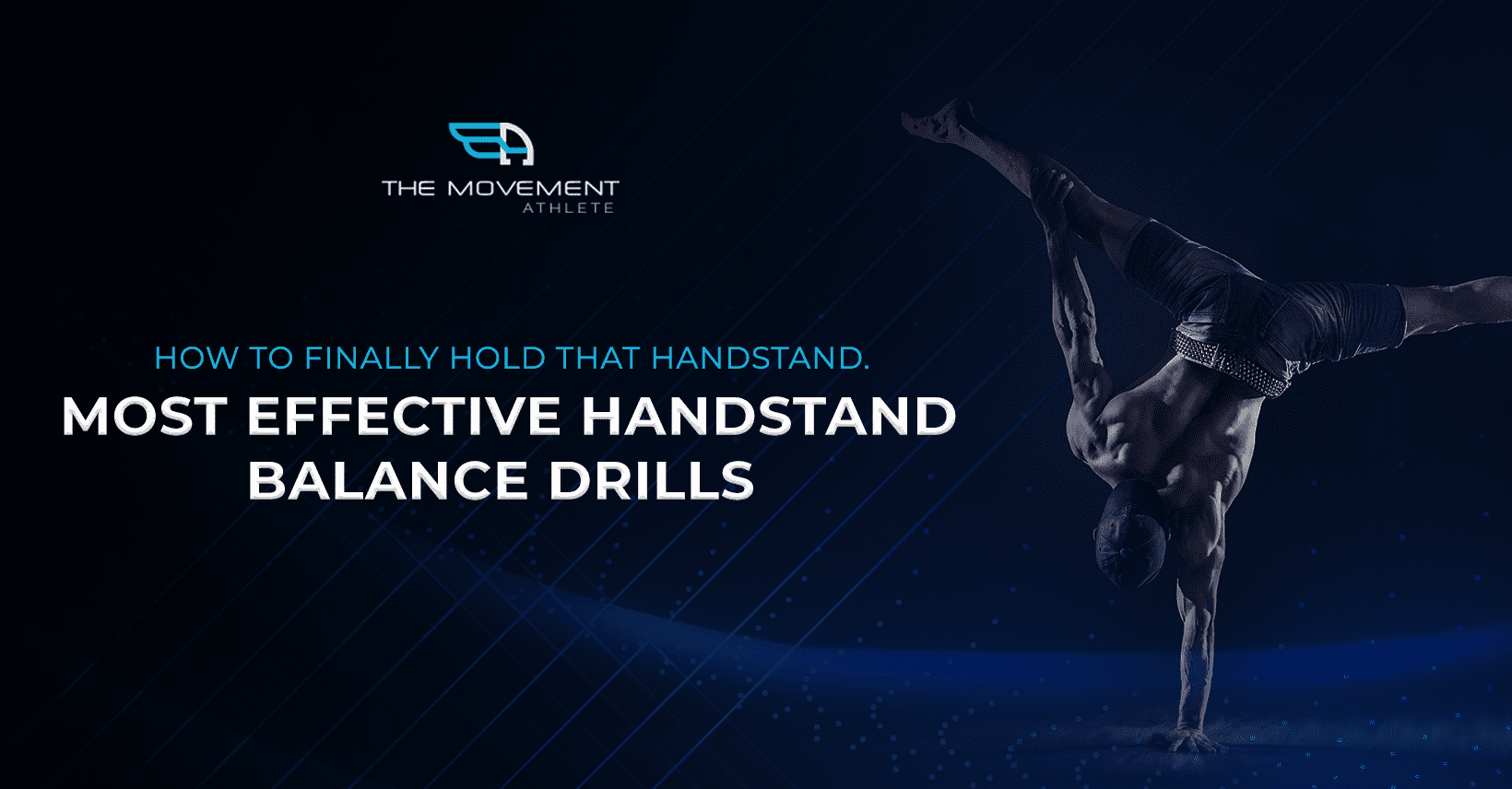

How to Hold a Handstand: Master Balance and Control
📖 Read Time: 7 Minutes | Difficulty: Beginner to Intermediate
Join the tribe of Movement & Calisthenics Athletes
People just like you that are working with their own body weight to get strength, lose fat build muscle, recover from injuries and live their best lives!
You’ve built the strength. You can kick up into a handstand. But after 2-3 seconds, you’re fighting for balance and crashing down. Sound familiar? The truth is, holding a solid handstand requires specific balance techniques that most tutorials completely miss.
This comprehensive guide reveals the exact balance drills and body positioning secrets that will transform your shaky attempts into rock-solid 30+ second holds – even if you’ve been struggling for months.
🎯 Quick Takeaway
A solid handstand hold isn’t about strength – it’s about mastering micro-adjustments with your wrists, shoulders, and core. Master these three control points, and you’ll hold handstands effortlessly.
📚 What You’ll Learn:
🤸♀️ Handstand Balance & Falling Drills
Upon conquering your fears on tilting, the next biggest challenge is holding your balance. There are a number of drills you can do in order to finally master balance.
Here’s Coach Becky of The Movement Athlete on how to figure out how to balance well.
💡 Essential Tips for Balance Control
🎯 The Balance Control Principle
This is what we’ve mentioned earlier: doing a handstand has the same principles of standing on your feet.
Controlling your balance with your feet is essential to keep upright. When you fall forward, you apply pressure on your toes. When you fall backwards, you apply pressure on your heels.
Now try this as our coaches demonstrated, on your fours. Knees and hands on the floor. Shift your body forward then control your body by applying pressure on your fingers. As you can see the pattern, you’ll apply pressure on the base of your palm when shifting your weight backwards.
So in holding a free-standing handstand, the same principle applies.
🏋️♀️ Essential Handstand Balance Drills
As you can see inside your handstand progression we incorporated a number of drills that will show up in your training at strategic times so you can practice both falling and balance drills.
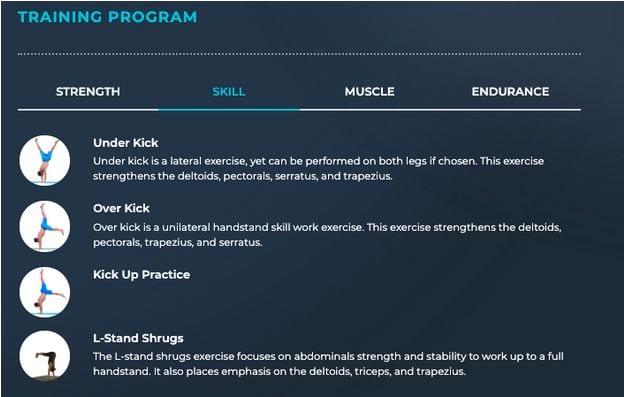
1. 🎯 Under Kick
Purpose: Learn to control falling backward and build confidence in balance adjustments.
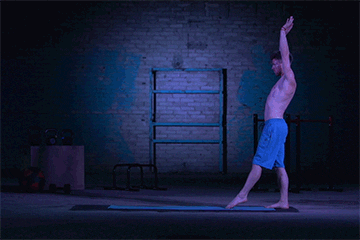
2. 🚀 Over Kick
Purpose: Practice controlled falling forward and learn to use finger pressure for balance correction.
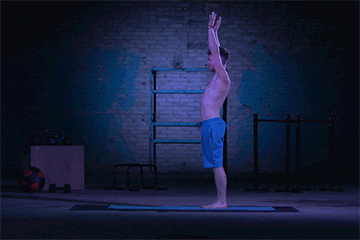
3. ⚡ Kick Up Practice
Purpose: Develop consistent kick-up technique and find your balance point quickly.
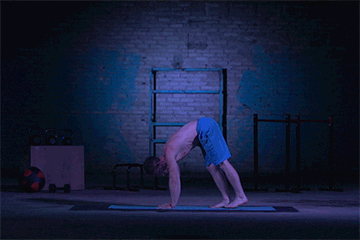
4. 💪 L-Stand Shrugs
Purpose: Build shoulder strength and stability essential for maintaining handstand position.
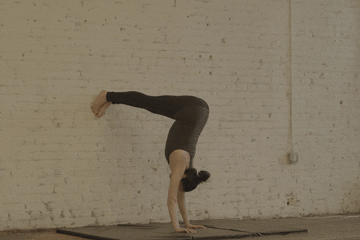
🚀 Want a Complete Handstand Training Plan?
Get personalized progressions based on your current level – from wall work to freestanding holds
⚡ Quick Balance Tips for Faster Progress
- Fingers = Forward Control: Press fingers down when falling forward
- Palms = Backward Control: Press palm base when falling backward
- Core Engagement: Keep hollow body position throughout
- Look Down: Keep eyes focused between your hands
- Practice Daily: Even 5-10 minutes daily beats occasional long sessions
⌛️ How Long Does It Take to Learn Handstand?
The honest answer is: it depends on numerous factors as well as individual’s situation and skills.
Even if you’re a complete beginner, you might get it faster or slower compared to others.
But let me tell you that it’s very much achievable and within your reach even if you’re not a full-time professional athlete. It just requires your time and effort.
❌ Common Mistakes That Kill Your Hold
- 🚫 Banana Back: Excessive arching creates instability – keep core engaged and body straight
- 🚫 Locked Elbows: Hyperextension causes pain – maintain slight micro-bend for control
- 🚫 Passive Shoulders: Not pushing through shoulders – actively elevate and protract
- 🚫 Rigid Body: Being too tense – stay firm but allow micro-adjustments
- 🚫 Looking at Hands: Breaks alignment – find a spot between hands on floor
⏱️ How Long Will It Take?
📅 Realistic Timeline Expectations
🟢 Beginner (0-6 months)
Wall handstands, kick-ups, basic balance for 5-15 seconds
🟡 Intermediate (6-18 months)
Consistent 30-60 second holds, basic variations
🔴 Advanced (18+ months)
One-arm handstands, press-ups, complex variations
📌 Whatever your situation may be, you can eventually and surely learn how to do a handstand as long as you don’t quit! 💪
📋 How to Program Your Handstand Training
🗓️ Weekly Training Structure
- Frequency: 3-5x per week (quality over quantity)
- Duration: 15-30 minutes per session
- Best Time: Beginning of workout when fresh
- Rest Days: At least 1-2 days for recovery
📊 Sample Session Structure
- Warm-up (5 min): Wrist circles, shoulder rolls, hollow body holds
- Skill Work (10-15 min): Balance drills from this guide
- Strength Work (5-10 min): Wall handstand holds, shoulder conditioning
- Cool Down (5 min): Wrist stretches, shoulder mobility

🔥 Limited Time: Free Assessment Worth $197
Ready to Master Your Handstand Hold?
Get Your Personal Roadmap to Rock-Solid Balance
⭐⭐⭐⭐⭐ Join 100,000+ athletes mastering handstands with personalized training
✅ Complete handstand assessment in 5 minutes
✅ Custom progression plan for your exact level
✅ Balance drills that actually work
✅ Daily workouts that adapt to your progress
No credit card required • Takes 5 minutes • Instant results
